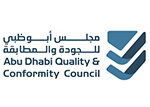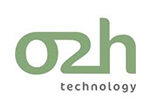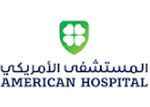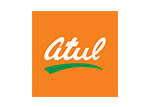Certified Fume Hoods
A certified fume hood is a vital safety device commonly used in laboratories, especially in research, chemical, and biological settings. It is specifically designed to protect laboratory personnel from exposure to hazardous fumes, vapors, gases, and dust. These harmful substances can cause serious health issues if inhaled or left to accumulate in the lab environment.
The certified fume hood operates using a high-performance ventilation system that effectively captures and expels hazardous airborne particles. By directing these substances safely out of the lab, it prevents air contamination and reduces the risk of poisoning or respiratory issues. A certified fume hood is essential for maintaining a safe, clean, and compliant work environment, ensuring the well-being of everyone working within the space.
We offer a wide range of high-quality products to meet diverse needs. Our selection includes wood-based furniture and metal furniture, which provide both durability and aesthetic appeal. In addition, we specialize in lab furniture, featuring essential components such as safety cabinets, and work surfaces designed to support safe and efficient laboratory operations. Furthermore, we provide laboratory equipment, fixtures, and seating, all crafted to enhance functionality and comfort. With our comprehensive product lineup, we ensure that clients receive reliable solutions tailored to their workspace requirements.
Certified fume hood
The Importance of Certified Fume Hoods in Laboratory Safety
Certified fume hoods play a crucial role in laboratory safety and form a fundamental part of any lab’s safety infrastructure. These specialized ventilation systems serve several key purposes:
- Worker Protection: Laboratory fume hoods protect personnel from inhaling dangerous chemicals, toxic vapors, and airborne particles. Without proper ventilation, exposure to these substances can cause serious health issues such as respiratory illness, chemical burns, or poisoning.
- Improved indoor Air quality: Fume hoods continuously capture and vent hazardous fumes outside the lab, maintaining clean, breathable air. This airflow prevents the buildup of harmful substances and supports a healthier lab environment.
- Controlled Chemical Handling: When working with reactive, flammable, or toxic substances, fume hoods provide a safe and enclosed space. This containment minimizes spills, exposure, and the risk of accidents when handling volatile chemicals.
- Regulatory Compliance: Using certified fume hoods helps laboratories meet safety regulations established by organizations like OSHA and ANSI. Following these standards ensures legal compliance and promotes a strong safety culture.
Certified fume hood
Proper Usage and Maintenance
For a fume hoods to function effectively, users must adhere to best practices:
Proper Placement: Always place materials and chemicals inside the fume hood, keeping them at least six inches back from the sash to allow for optimal airflow.
Keep the Sash at the Correct Height: Users should set the sash at the manufacturer’s recommended height for proper airflow. Do not raise or lower it unnecessarily.
Regular Inspection: Fume hoods should be regularly inspected to ensure that the ventilation system is functioning correctly and that the filters, if present, are replaced as needed.
Avoid Overcrowding: The work area inside the fume hood should not be overcrowded, as this can disrupt the airflow and compromise the hood’s effectiveness.
Routine Maintenance: Fume hood require regular maintenance, including cleaning, checking the airflow, and ensuring the exhaust system is free of obstructions.













